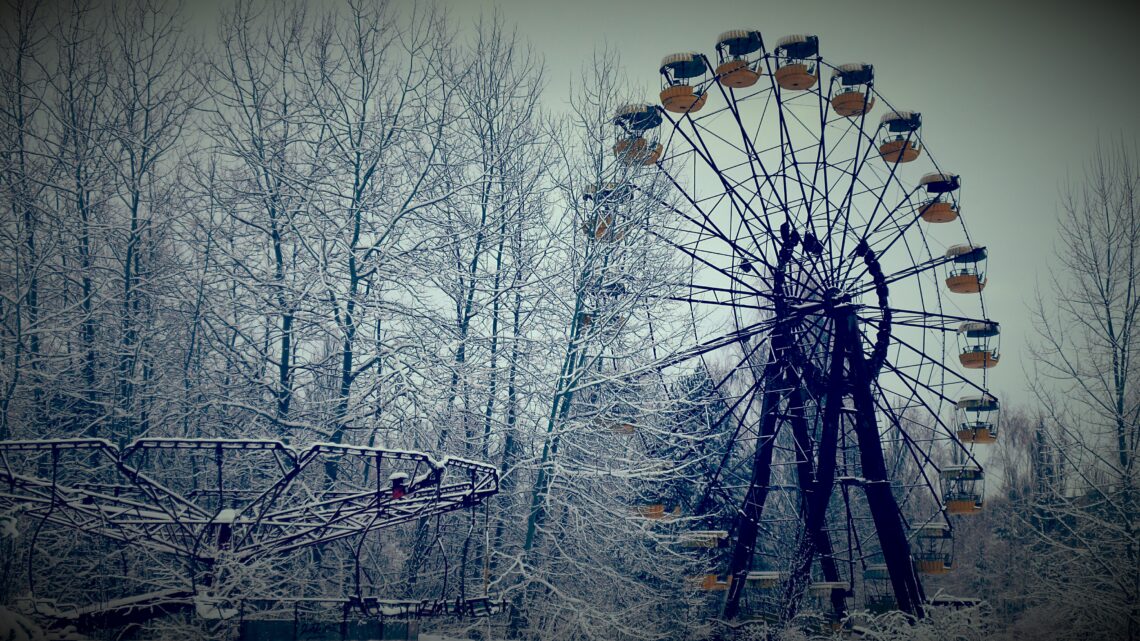During my time in Kiev, Ukraine, I stumbled upon an extraordinary opportunity – the chance to visit the infamous site of the Chernobyl nuclear disaster that unfolded on April 26, 1986. Intrigued by the historical significance and the chance to witness the aftermath firsthand, I went through the process of obtaining permission to enter the heavily guarded exclusion zone. Equipped with a hired car, a translator, and a sense of both excitement and trepidation, I embarked on a chilling journey to the site of the largest man-made catastrophe in history.
Having received the green light for entry, I was a bit surprised, given the freezing temperatures and snow-covered roads, that the driver of my hired Mercedes, a car ill-prepared for such conditions, not only showed up, but was unfazed by the challenging terrain. The journey took us approximately 200 kilometers (125 miles) north. After the Chernobyl disaster, the Soviets set up a 1,000 square mile “exclusion zone”, which displaced tens of thousands of people from their ancestral homeland, and we were headed straight for the guarded barrier to have a look inside.
We passed through the initial checkpoint verifying our permission for entry. Ten miles later we came to another fortification with soldiers manning another checkpoint and had to exit the vehicle which received a thorough inspection before being allowed to proceed. I was issued a Geiger counter and instructed not to touch anything nor to disrupt any vegetation or structures.
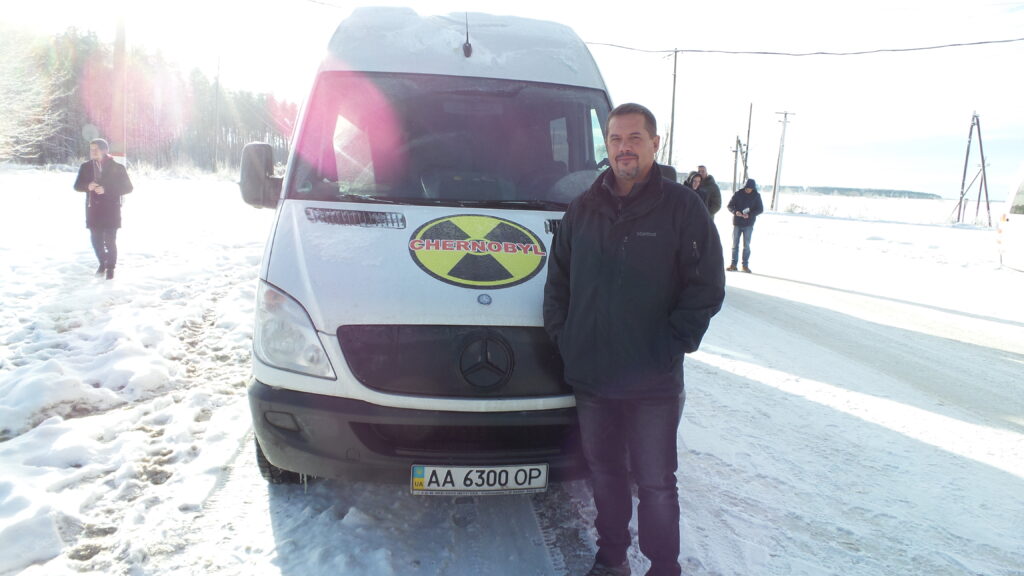
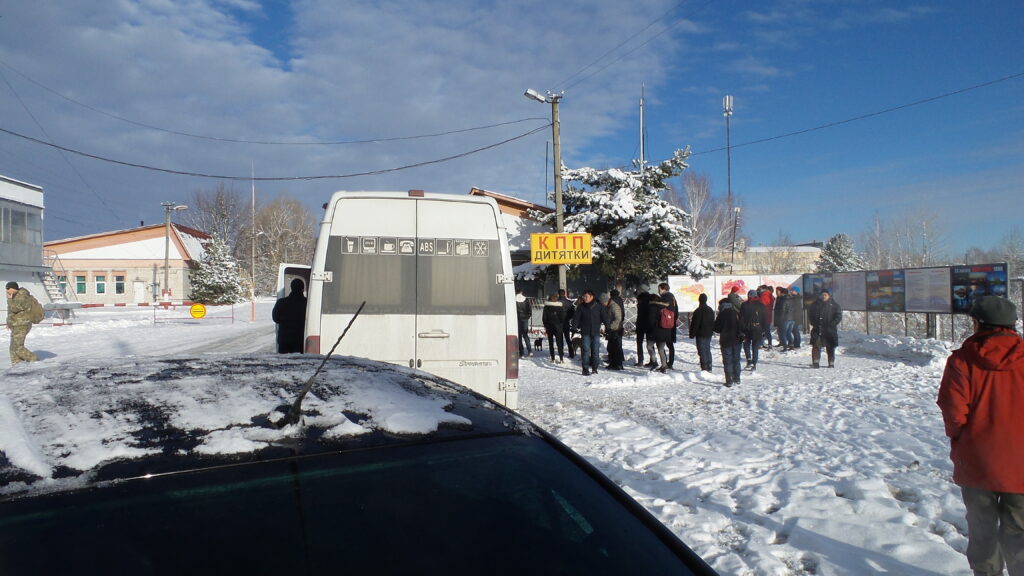
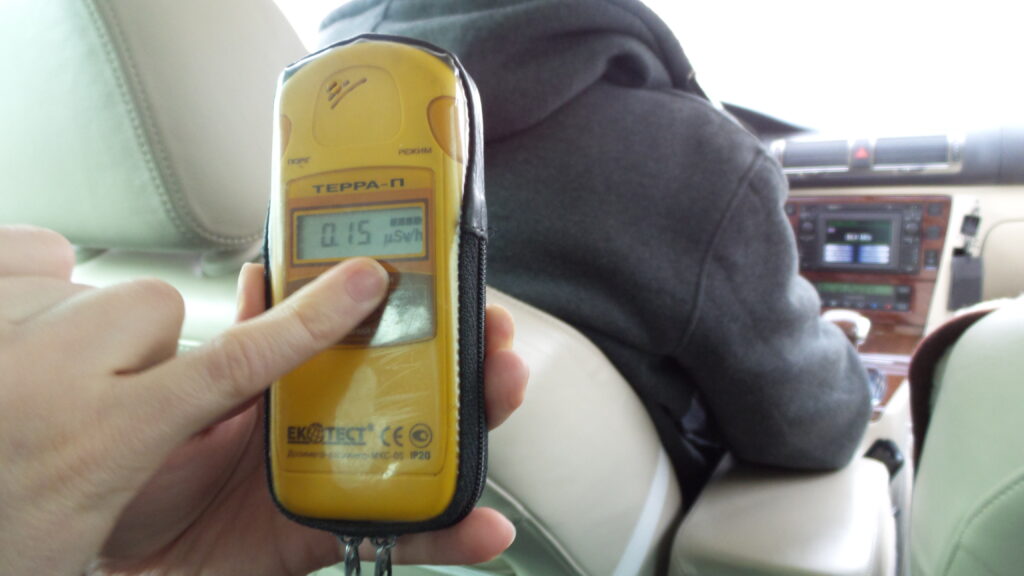
Eventually, we arrived at the ghost town of Pripyat, now cloaked in an eerie silence and fresh layers of snow. Roaming through empty houses, abandoned buildings, a deserted nursery, a vacant grocery store, and the hauntingly untouched amusement park, I couldn’t help but ponder the profound impact the disaster had on the lives of the town’s former residents. Forced to leave with only a one-gallon plastic bag of belongings, their lives were forever altered. The town’s population consisted mainly of young individuals, recruited for their skills and intellect, highlighting the tragic loss of potential caused by the catastrophe. During the tour, my guide pointed out several radiation hot spots and I noted several patches of red and orange trees, and at random moments, my Geiger counter would scream warnings and beep rapidly.
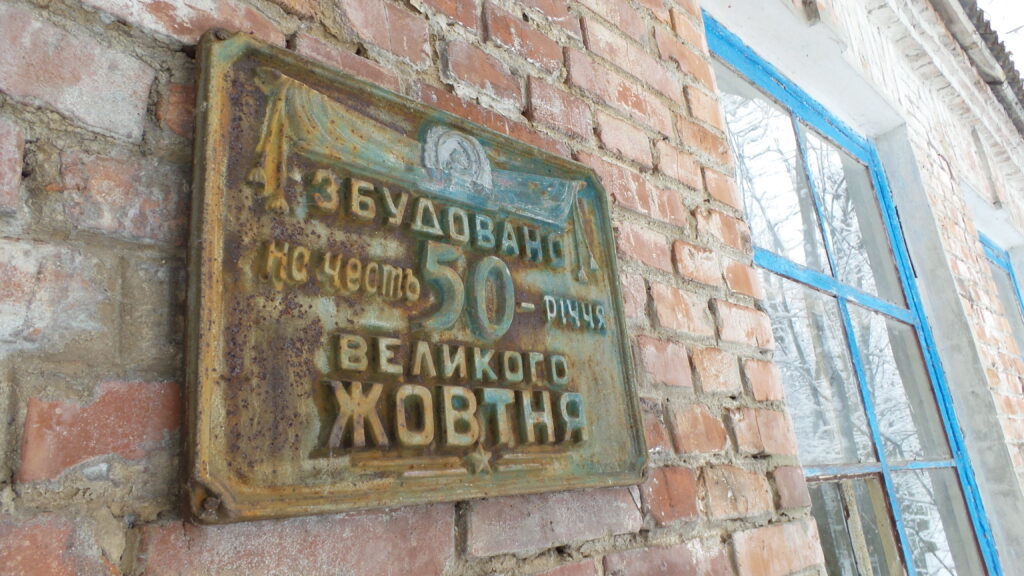
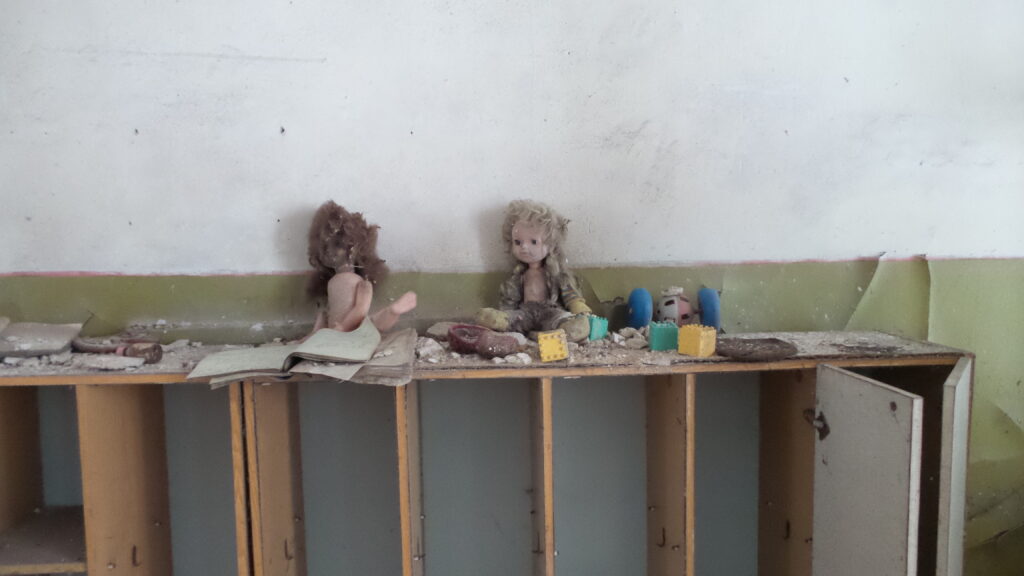
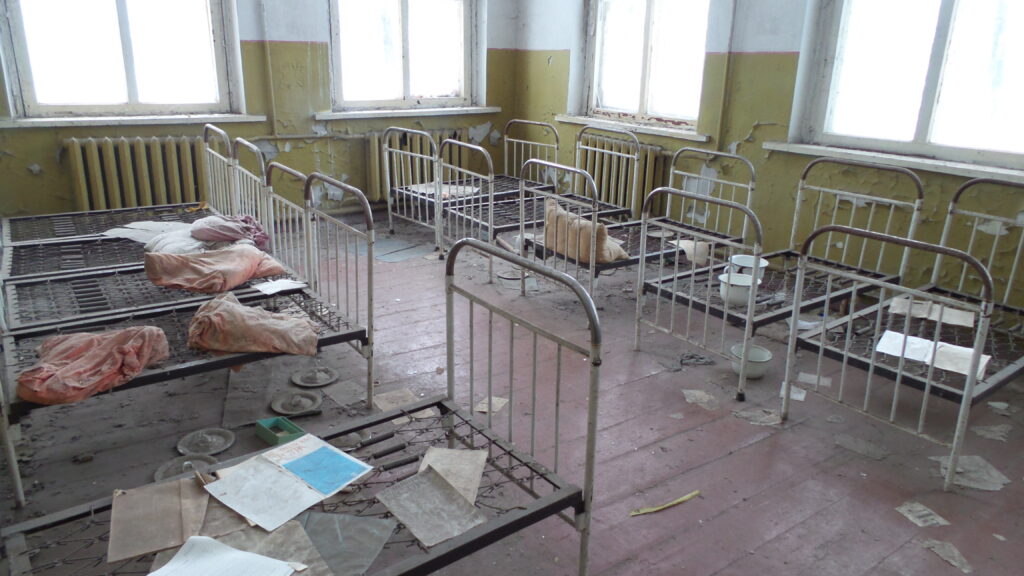
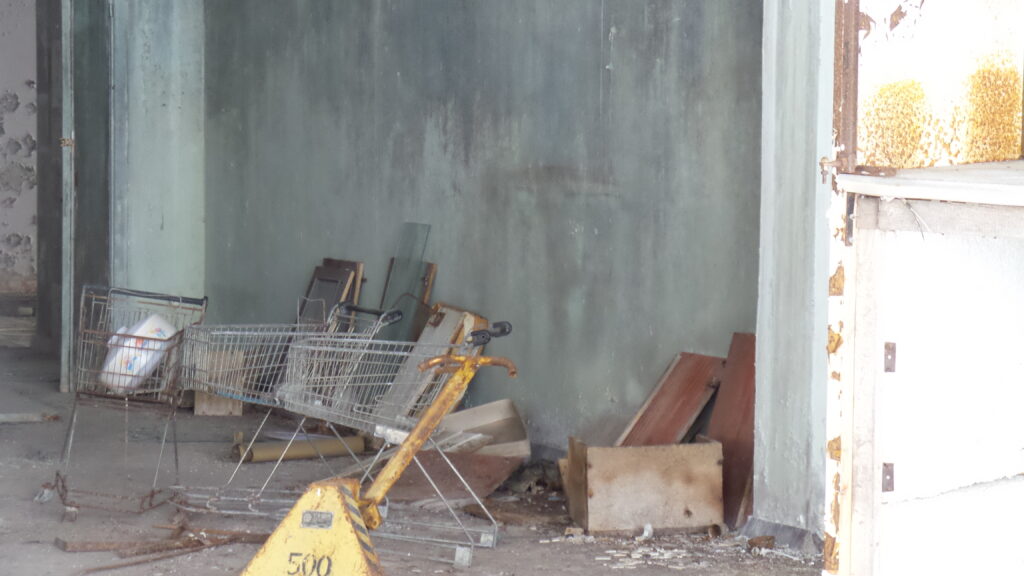
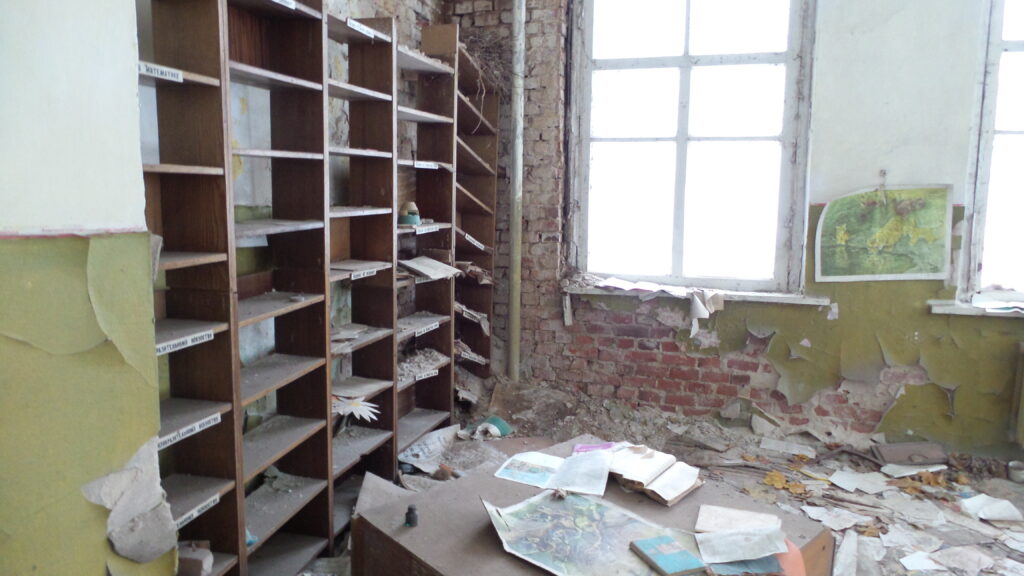
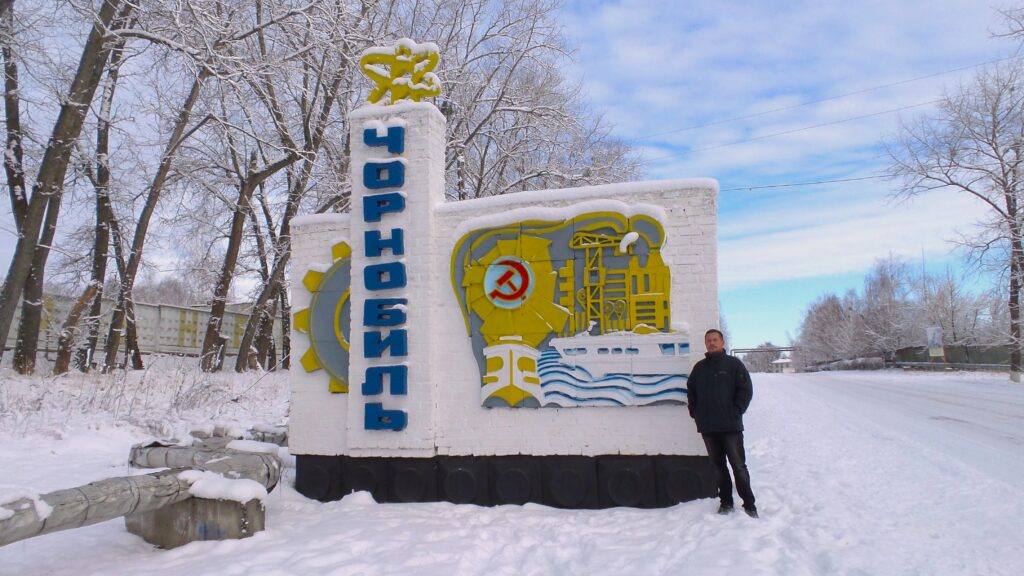
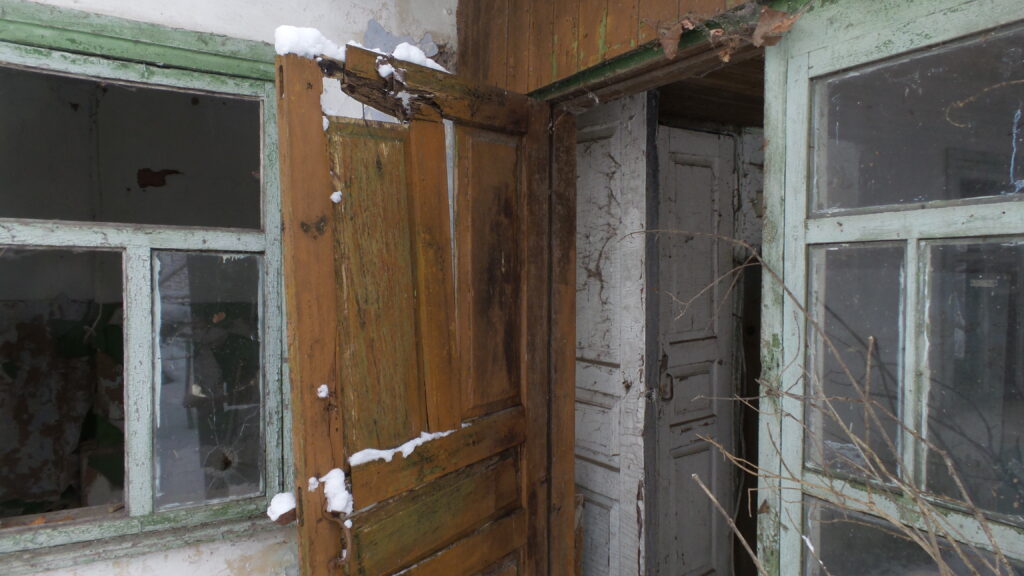

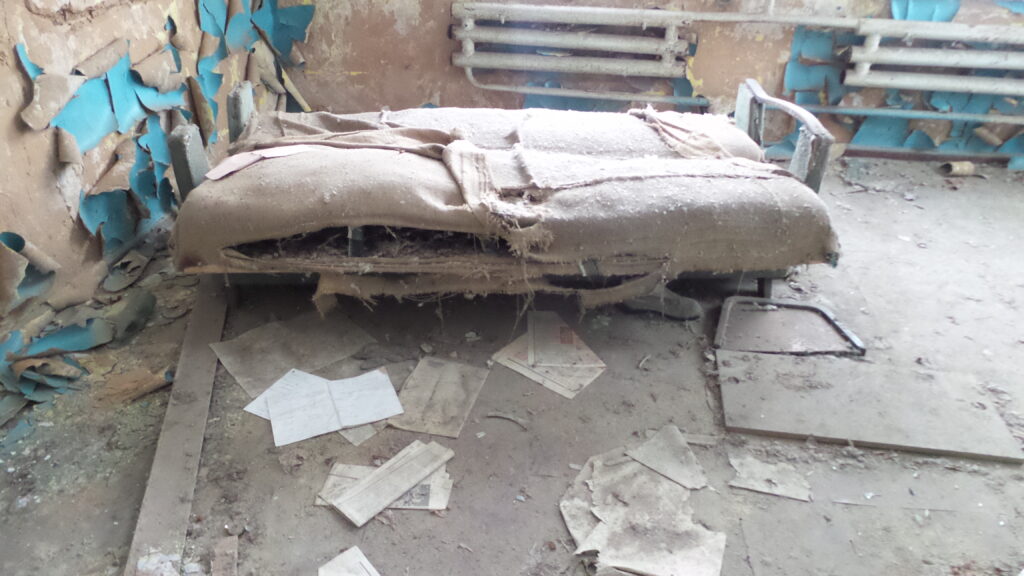
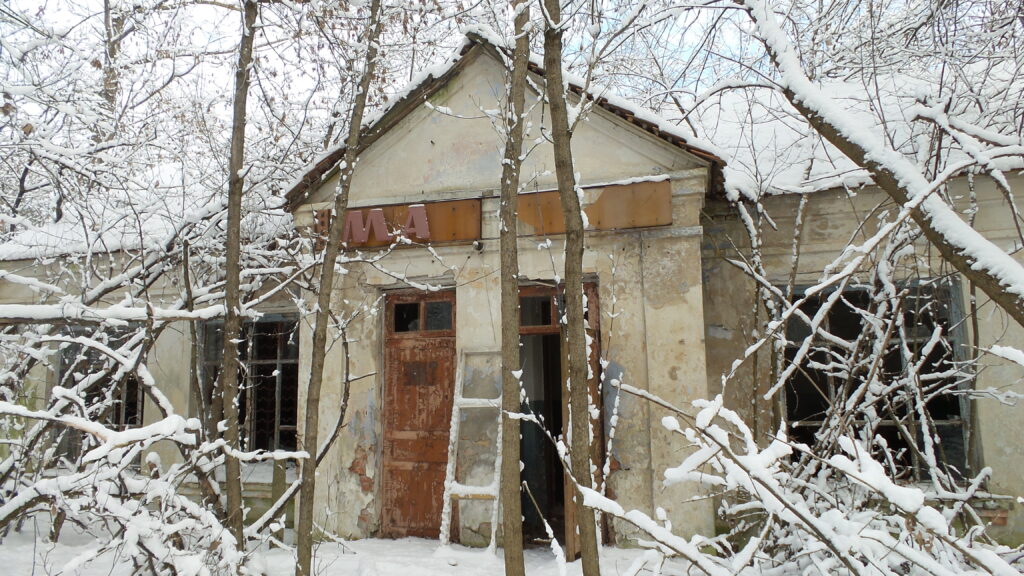

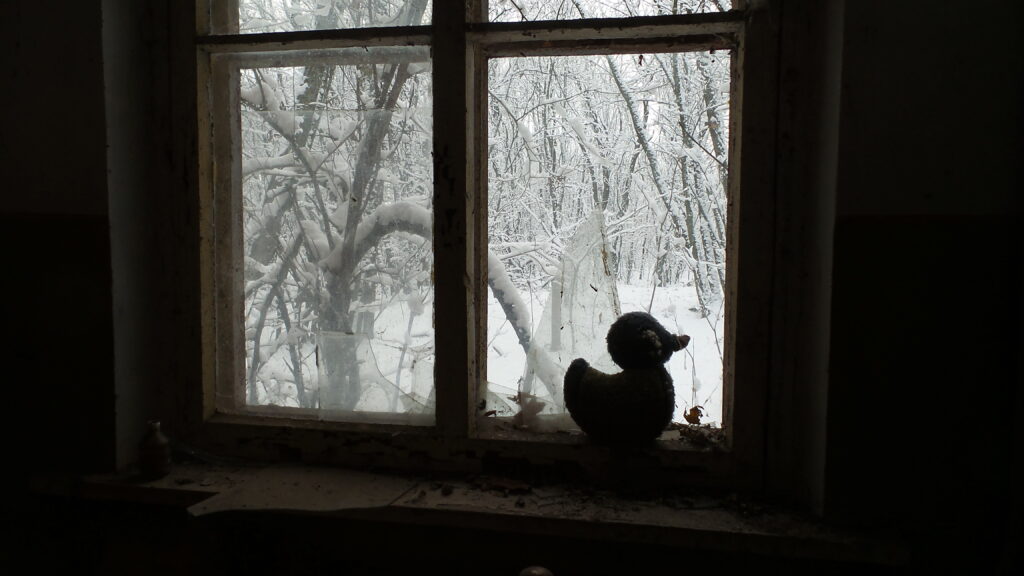


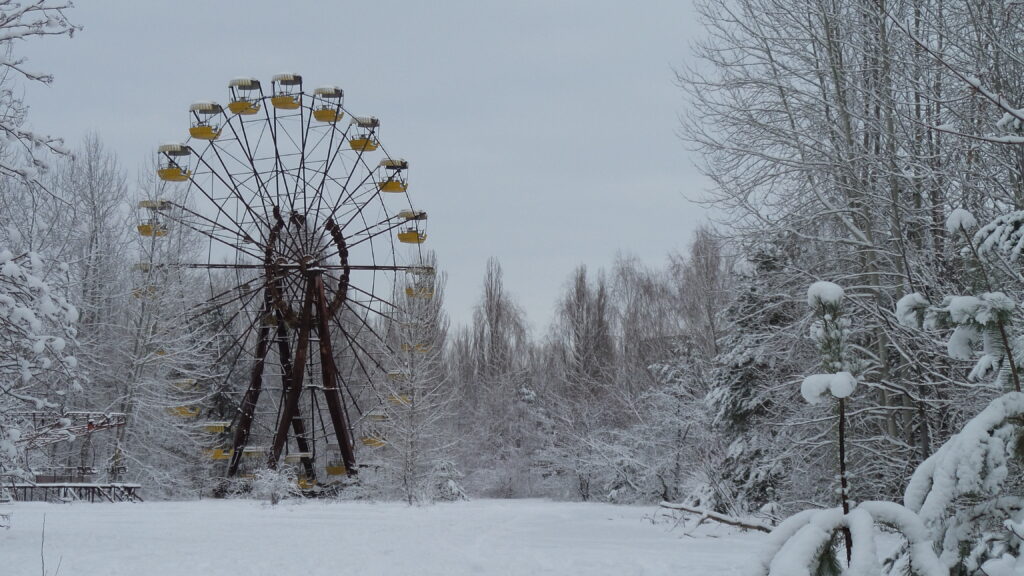
Witnessing a nuclear cover up: we ventured further to the actual nuclear reactor site, where Reactor Number Four stood, recently covered by the largest moving object ever built, a $2.3 billion dollar silver dome funded by over forty nations, designed to slide on rail tracks and cover the destroyed reactor and protect future generations from radiation leak exposure. Holding my Geiger counter toward the reactor, I was confronted with alarmingly high radiation readings. My guide suggested we best get moving. While a trip to Chernobyl does involve exposure to radiation, the levels experienced are comparable to a one-hour flight or significantly less than a medical X-ray or CT scan.
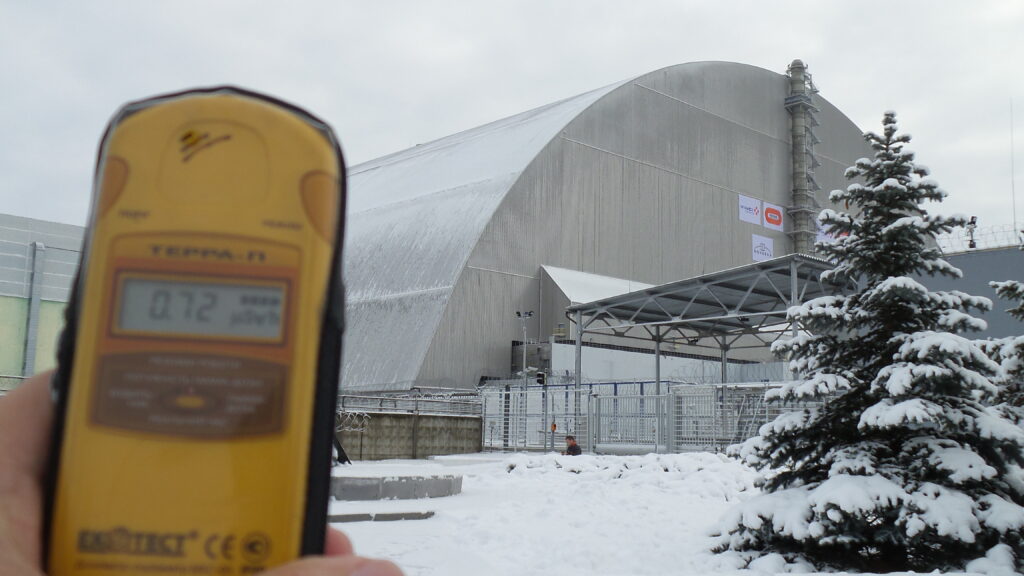


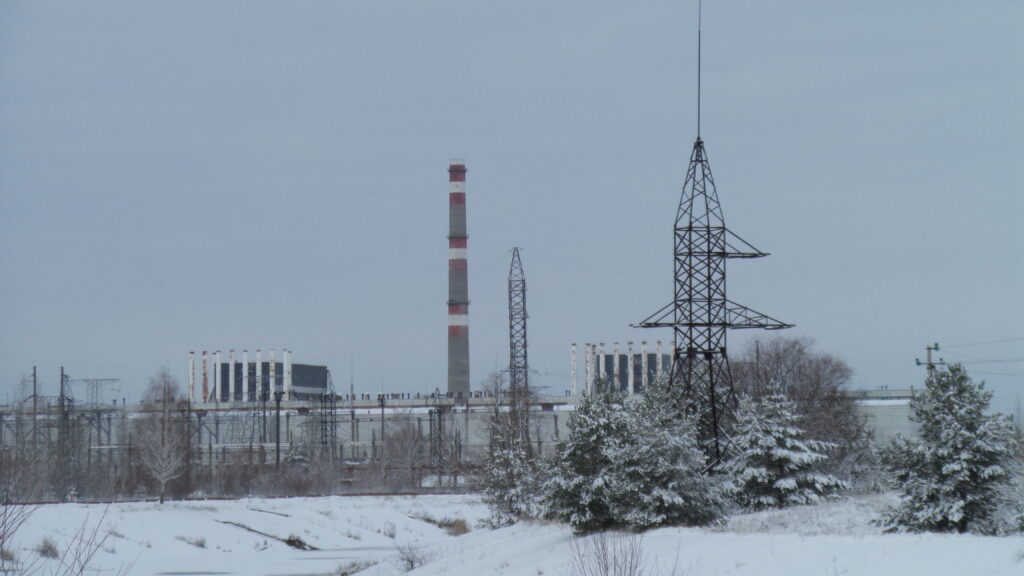

Continuing my exploration, I visited Chernobyl 2—a former secret military town nestled within the forestlands of Polissa. This clandestine location housed a vast global detection and communication system designed to identify ballistic missile launches worldwide. Although much of the main equipment had been dismantled, a colossal antenna, spanning several football fields, remained as a silent testament to the town’s hidden past.
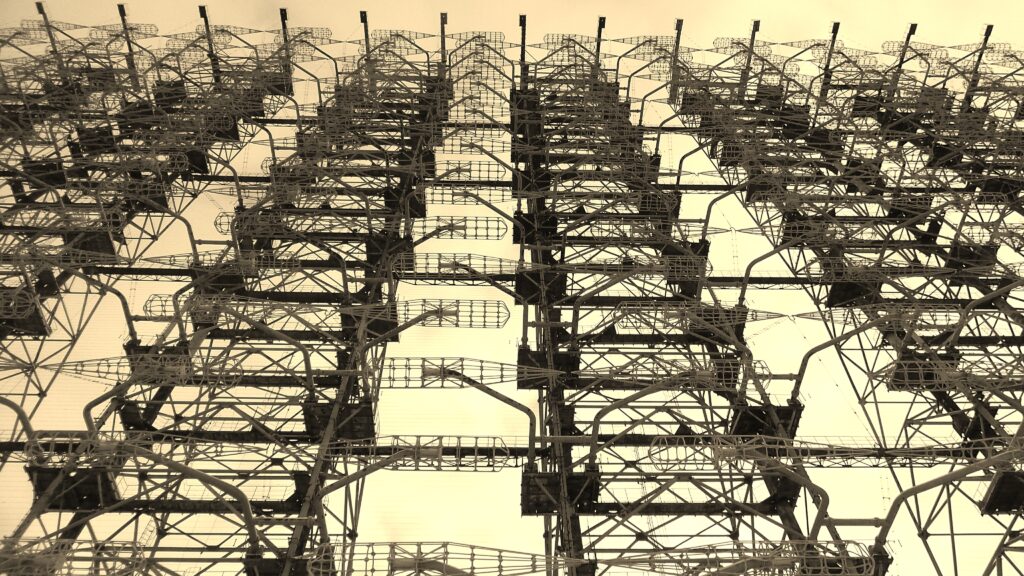
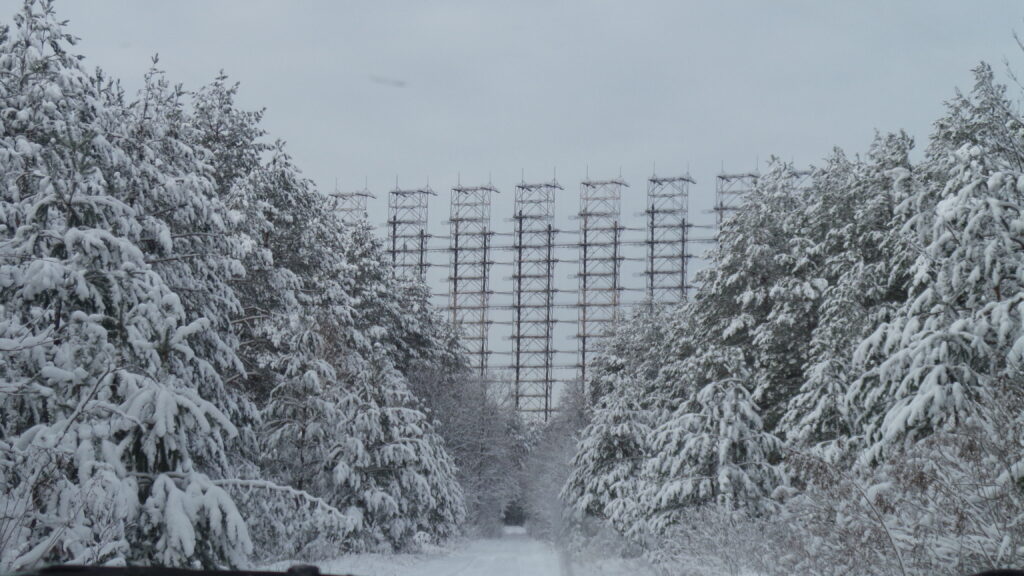
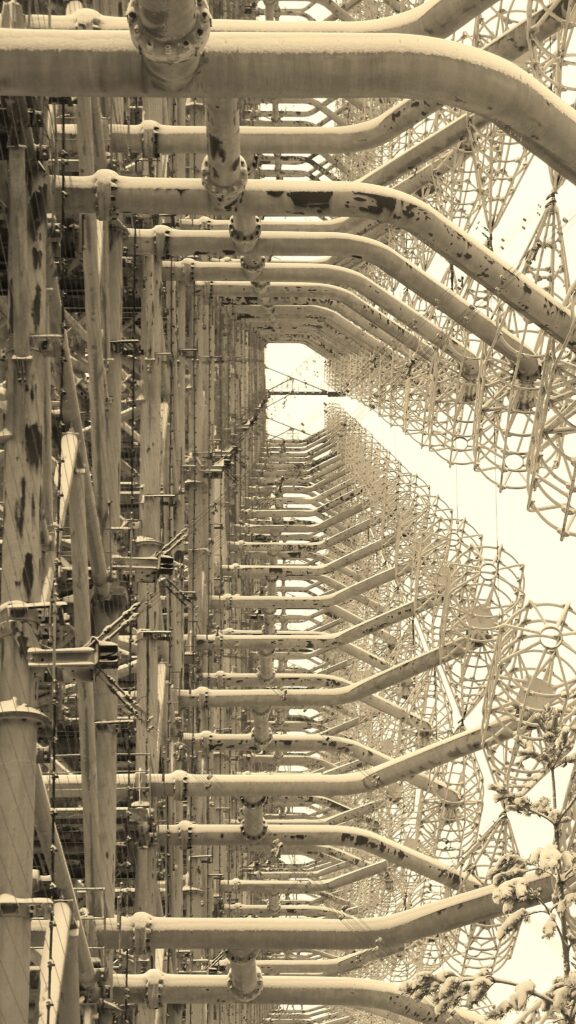
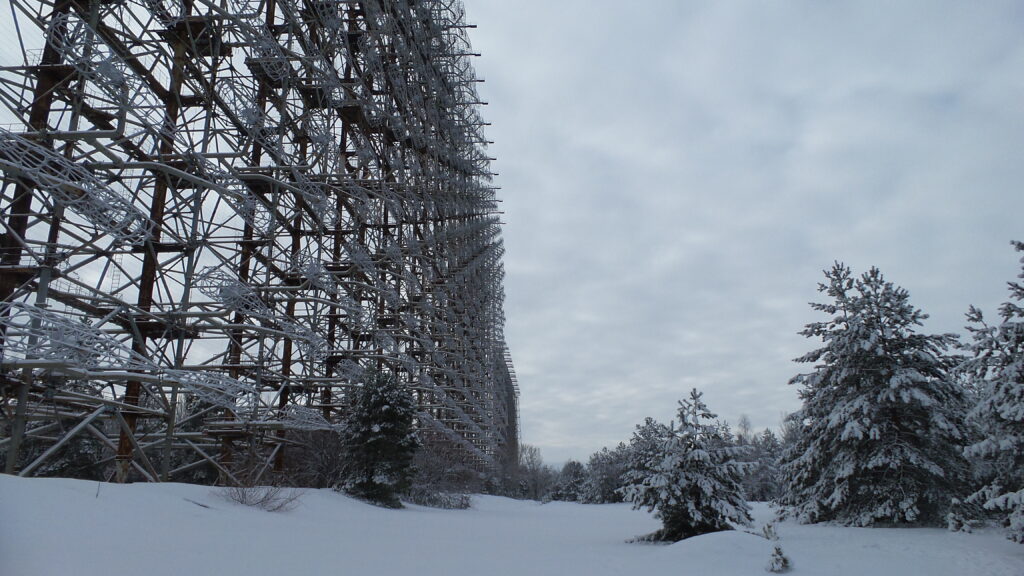
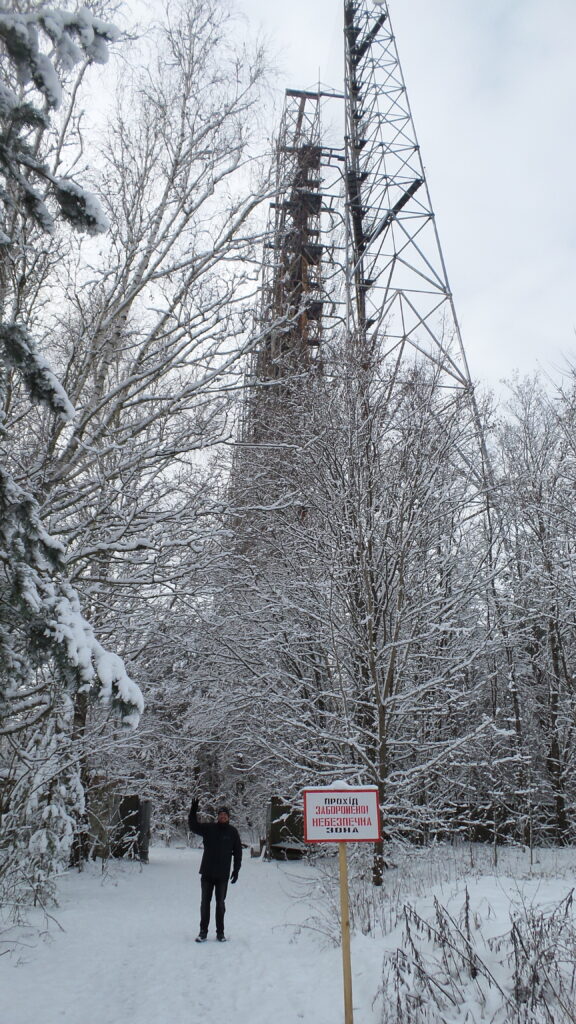
As I made my way out of the exclusion zone, I encountered a series of radiation checks. At the first outbound checkpoint, we were made to exit the vehicle and enter a small building with military guards instructing me to straddle a contraption that looked like a large steel horse. The machine buzzed, a green light came on, and the guards notified me I could leave. As we drove to the final checkpoint and were fully released, I asked my guide about that steel horse and the buzz and the light and she explained they were checking for radiation and had allowed us to leave since we were not contaminated; had they found contamination, they would have authority to make us wash our clothes, shower, and take whatever other means necessary to provide decontamination. I asked if anyone ever tests positive for radiation, and she informed me: “Yes about 50 percent!” Thankfully, I had tested negative for contamination and emerged unscathed. Reflecting on my experience, I felt a mixture of relief and gratitude for the opportunity to witness the aftermath of such a catastrophic event. Chernobyl serves as a stark reminder of the potential consequences of human error and the need for vigilance in the face of technological advancements.
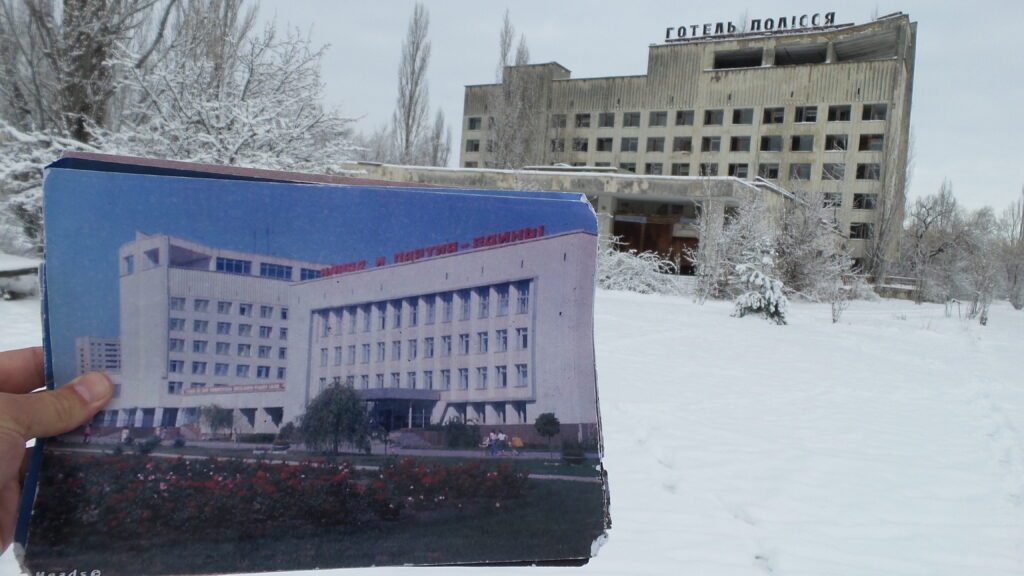

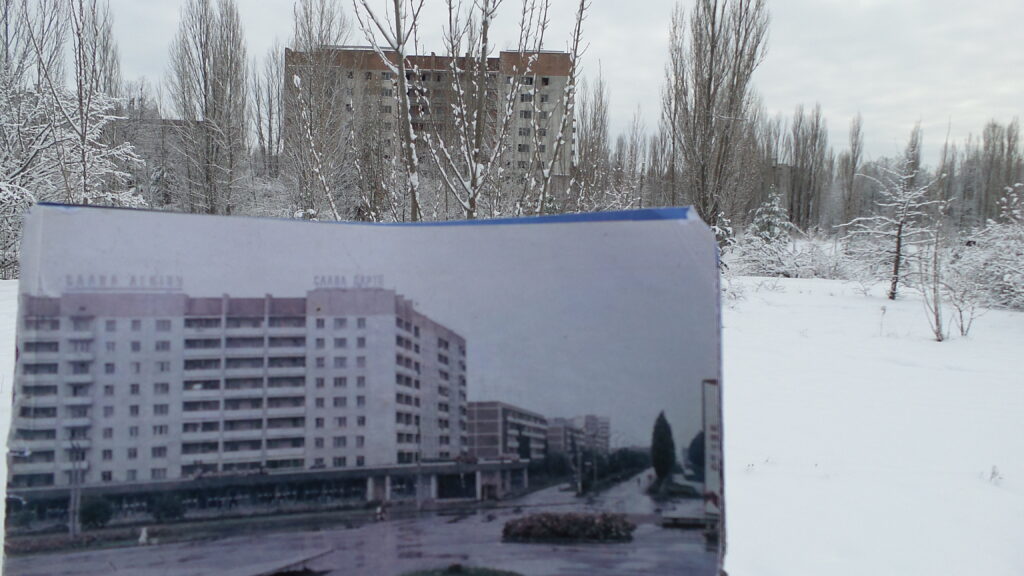
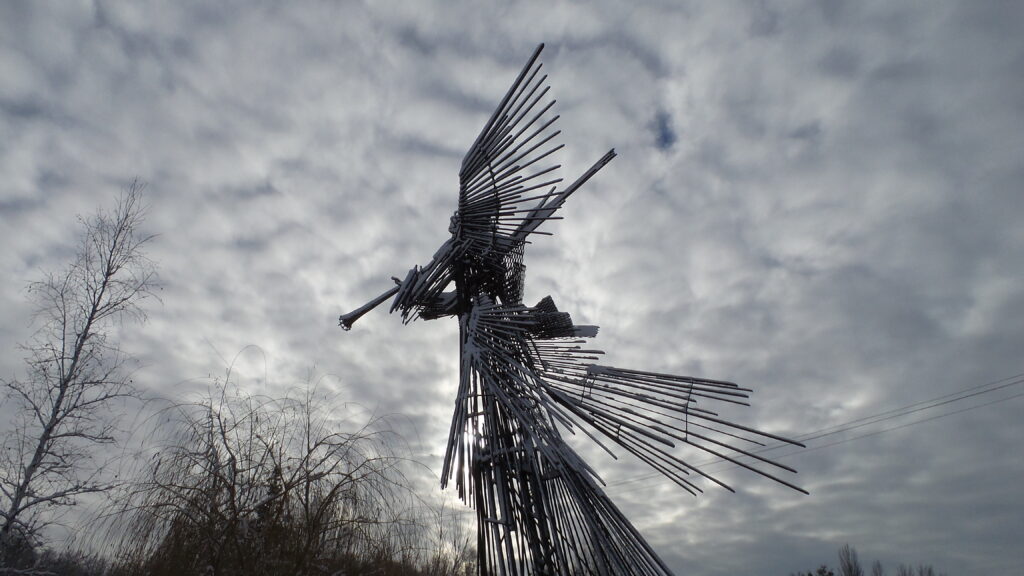
My journey to Chernobyl was a poignant and haunting experience that allowed me to delve into the aftermath of the nuclear disaster. From exploring the abandoned town of Pripyat to witnessing the imposing silver dome covering the reactor site, each encounter offered a glimpse into the magnitude of the tragedy. While the lingering presence of radiation served as a constant reminder, the opportunity to witness firsthand the impact of the Chernobyl disaster served as a stark reminder of the delicate balance between human progress and the consequences that can arise when we fail to fully comprehend the potential risks.
Scroll down below the comment section (leave a comment if you like), to read the next post and discover the next adventure…

